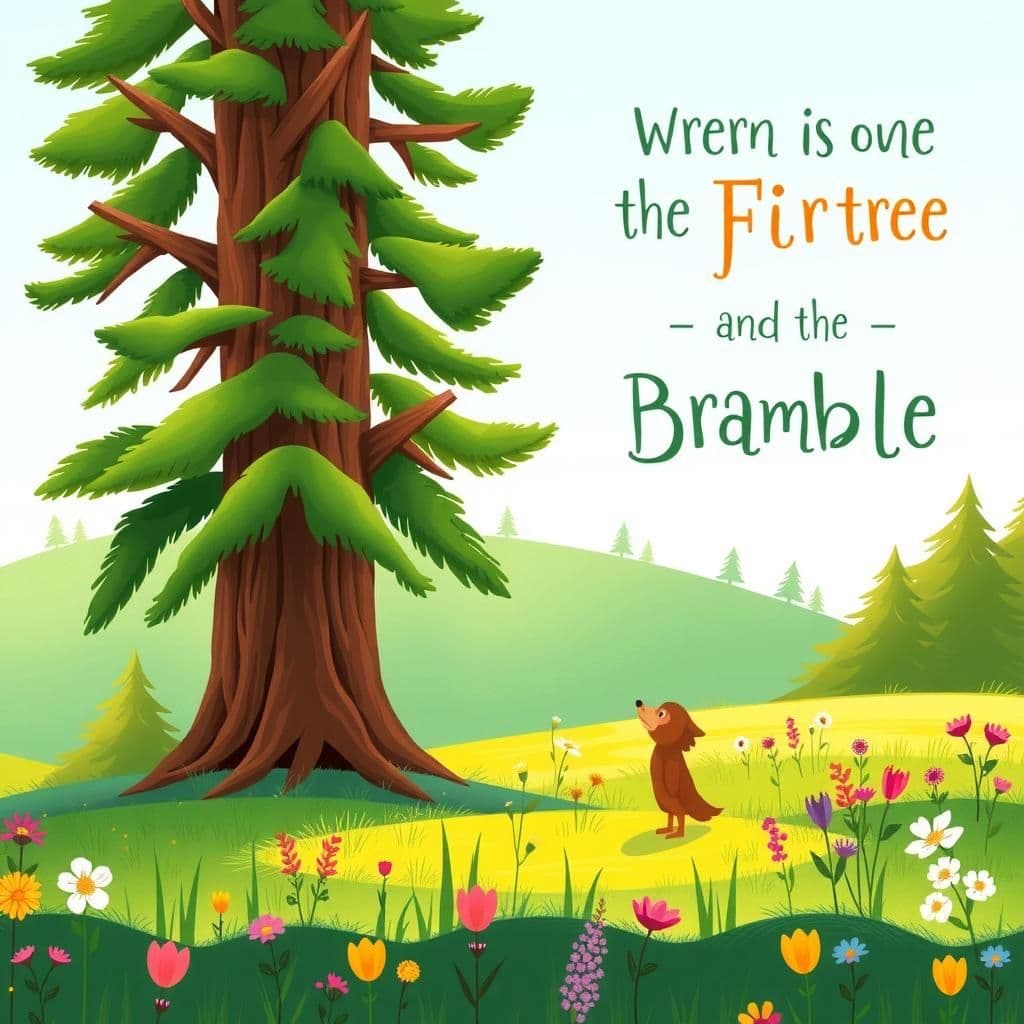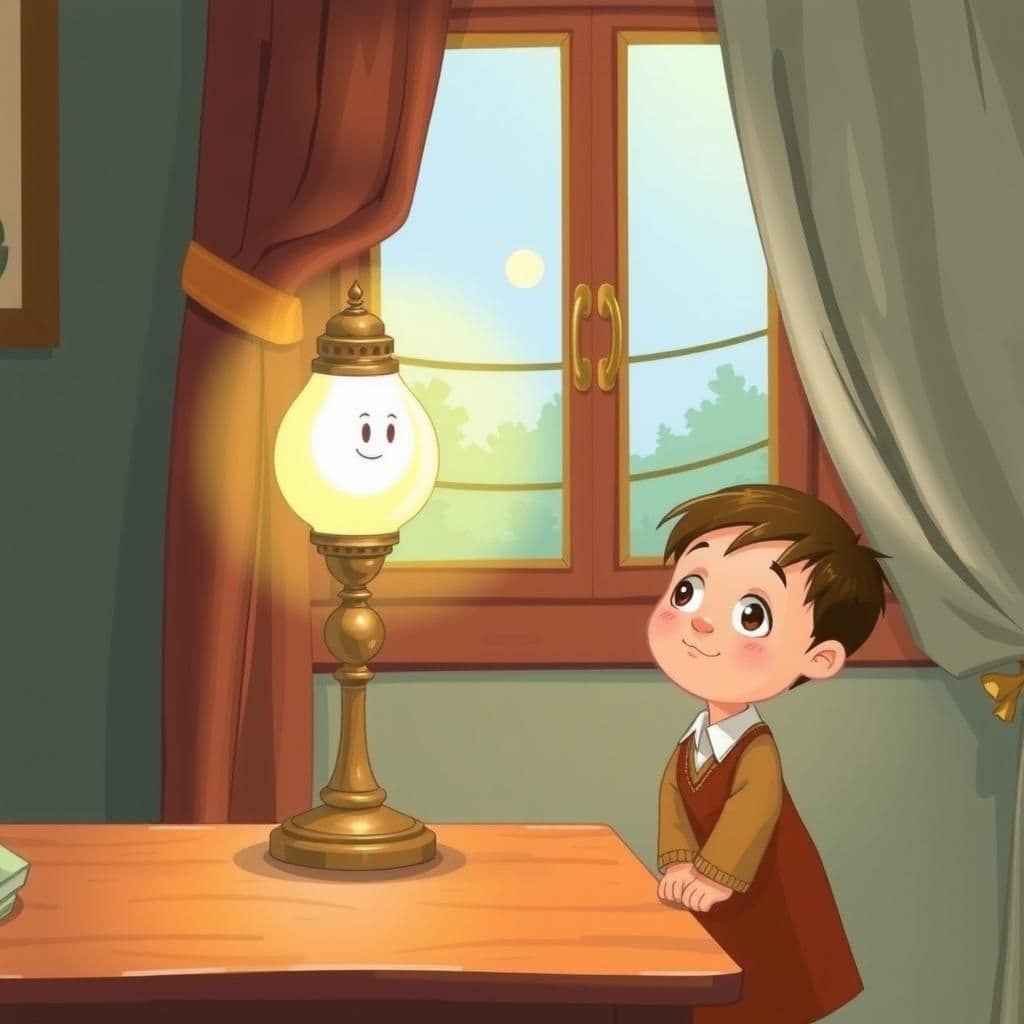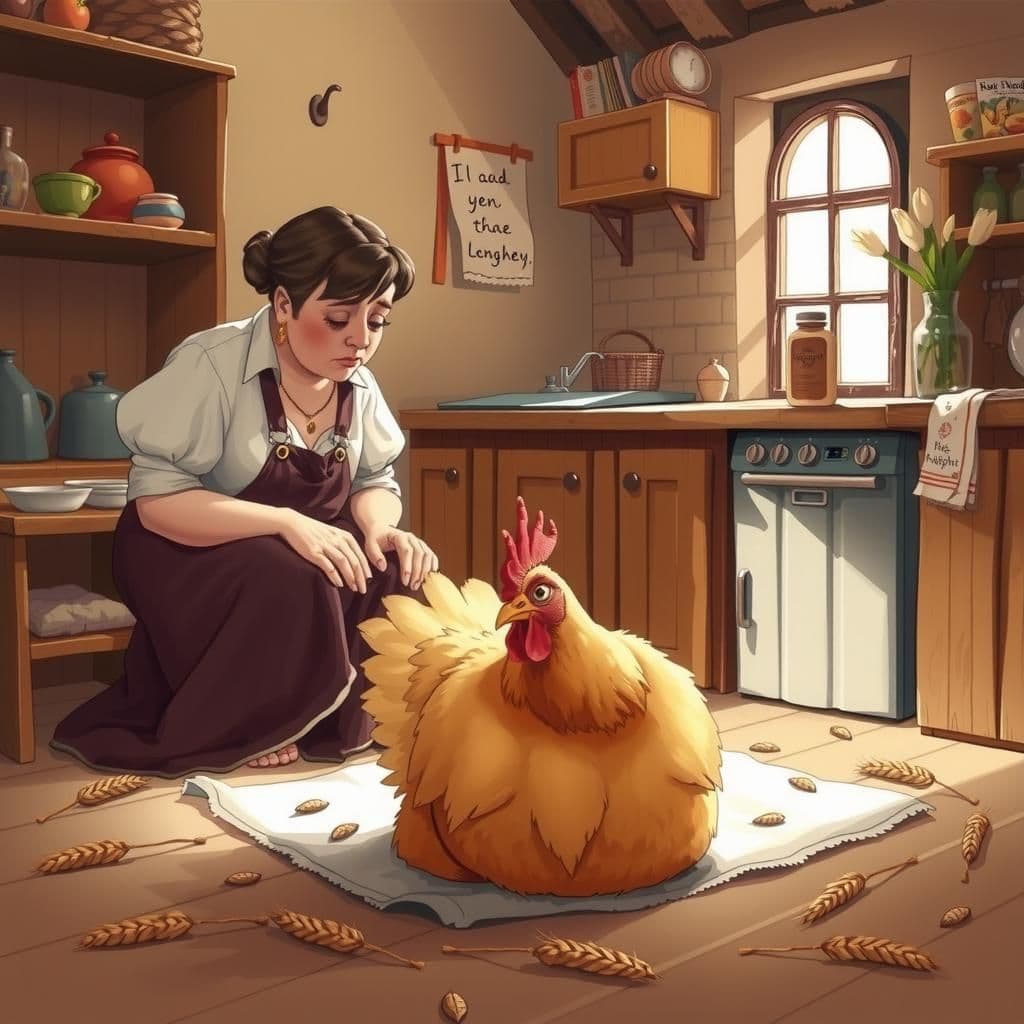The Fir Tree and the Bramble

Story Summary
In "The Fir Tree and the Bramble," a Fir Tree boasts about its utility in construction, while the Bramble warns it of the dangers of being cut down. This timeless moral story teaches that a simple, carefree life is preferable to one burdened by the weight of wealth and usefulness, making it a valuable addition to childhood stories with moral lessons and short stories for students with moral insights.
Click to reveal the moral of the story
The moral of the story is that it is better to live a humble life free from worries than to be in a position of perceived importance that invites danger and distress.
Historical Context
This story, reminiscent of Aesop's fables, reflects themes of humility and the transient nature of status, common in folklore across cultures. Aesop's tales, originating from ancient Greece, often present animals and plants endowed with human traits to convey moral lessons, emphasizing that material wealth and social standing can lead to downfall or regret. The moral warns against arrogance and highlights the value of a simple, untroubled life over one burdened by ambition and vulnerability.
Our Editors Opinion
This story highlights the idea that external success and status can come with significant risks and pressures, while a humble existence can offer peace and security. In modern life, this could reflect the experiences of individuals in high-stress corporate jobs who, despite their wealth, often face burnout and anxiety, longing for the simpler, more carefree life of those in less prestigious but fulfilling roles. For instance, a successful executive might envy the balanced life of a local artist who, while earning less, enjoys creative freedom and a low-stress environment.
You May Also Like

The Lamp
In "The Lamp," a boastful lamp, overly confident in its brightness, claims to outshine the sun but is quickly extinguished by a gust of wind. After relighting it, its owner imparts a life lesson, urging the lamp to embrace humility and provide light quietly, reminding it that even the stars do not need to be reignited. This simple short story conveys a timeless moral found in many famous fables, illustrating the importance of modesty in our pursuits.

The Woman and Her Hen
In this famous moral story, a woman who owned a hen that laid an egg daily became greedy, hoping to receive two eggs by feeding the hen extra barley. Instead, her actions backfired as the hen grew fat and stopped laying eggs altogether, leaving her with nothing. This uplifting moral story serves as a life lesson: greed can lead to unexpected consequences, reminding us to appreciate what we have.

The Piping Fisherman
In this simple short story with a moral, an editor, frustrated by a lack of subscribers, decides to stop boasting about the qualities of his paper and instead focuses on genuinely improving it. This shift leads to a remarkable increase in subscriptions, prompting envy among competitors who seek to uncover his secret. Ultimately, the life lesson is clear: true success comes from action rather than empty claims, and the moral of the story remains with the editor until his death.
Other names for this story
"Lessons from the Fir Tree, The Bramble's Wisdom, The Bramble's Truth, Fir Tree vs Bramble, Nature's Humble Lesson, The Wise Bramble, The Fir Tree's Folly, Riches vs Peace"
Did You Know?
This fable highlights the theme of humility and the dangers of pride, illustrating that outward appearances of success can often mask hidden vulnerabilities, as the Fir-Tree's boastfulness blinds it to the threats it faces, while the Bramble, though seemingly insignificant, embodies a safer existence.
Subscribe to Daily Stories
Get a new moral story in your inbox every day.